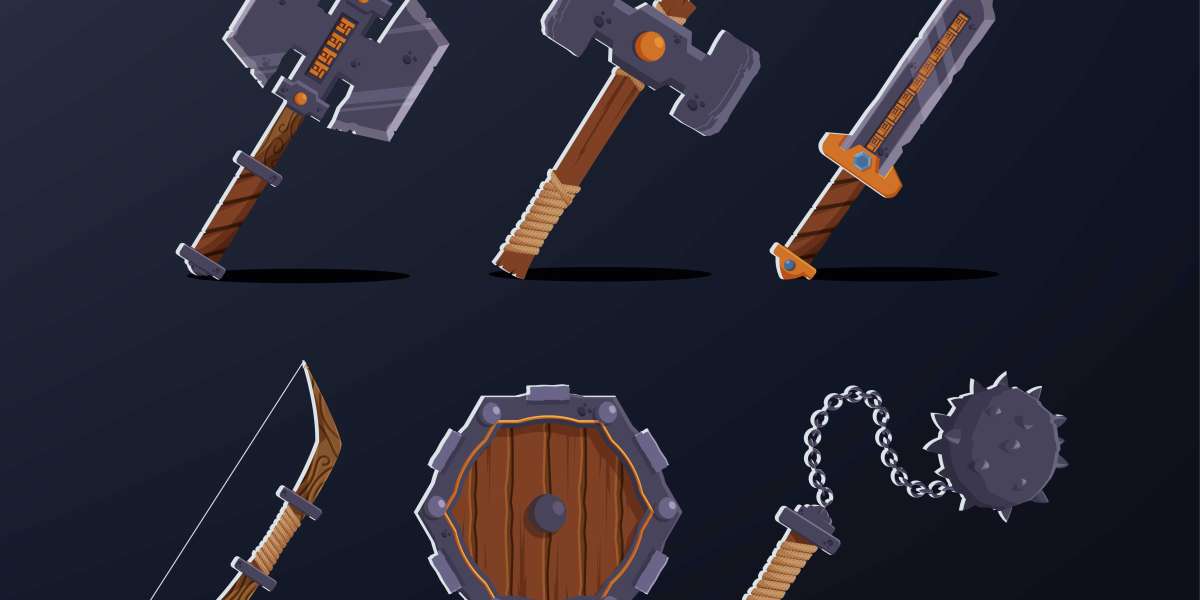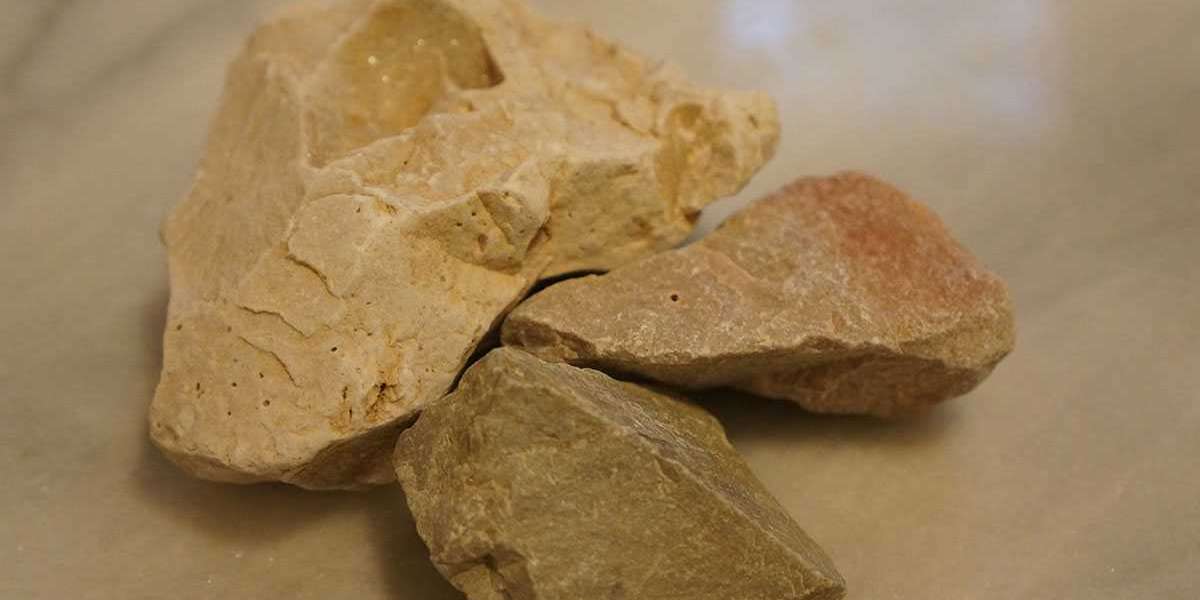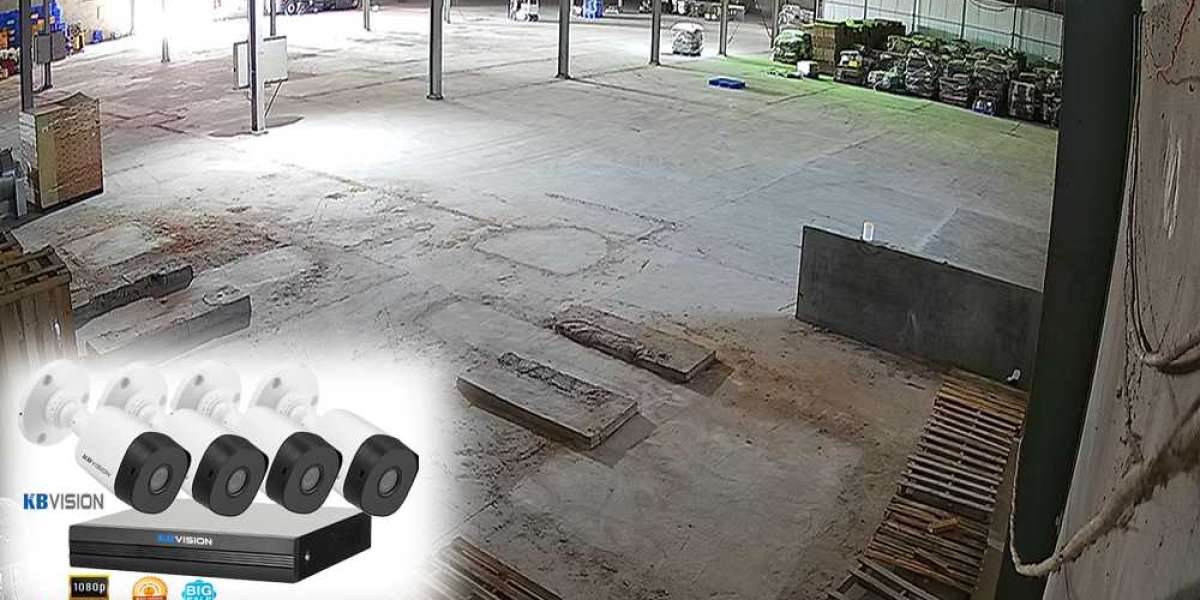Types of Game Assets
2D Assets
2D assets are essential for games with a flat perspective, such as side-scrollers or top-down games. These assets include characters, backgrounds, props, and UI elements. In 2D games, the visual style is often pixelated or hand-drawn, giving them a unique charm that resonates with certain audiences. Common 2D asset types include:- Sprites: Static images that represent characters or objects in a game.
- Tilesets: Reusable patterns used to create large backgrounds or terrains.
- UI Elements: Buttons, icons, and menus for user interaction.
3D Assets
3D assets add depth and realism to games by creating lifelike models of characters, objects, and environments. These assets are used in games that require a fully explorable world or detailed visual effects. Key types of 3D assets include:- Models: Fully designed 3D characters, vehicles, weapons, and buildings.
- Textures: Surface details that add realism to 3D models, like skin textures or fabric patterns.
- Rigging and Animation: Structures that allow models to move and animate realistically.
Sound Assets
Sound design plays a vital role in enhancing the gaming experience. Sound assets include background music, sound effects (SFX), and voiceovers that help immerse players in the game world. Types of sound assets are:- Music: Background tracks that set the mood for different game scenes.
- Sound Effects (SFX): Sounds associated with specific actions like footsteps, explosions, or item pickups.
- Voiceovers: Dialogue and character sounds that bring the narrative to life.
Visual Effects (VFX)
Visual effects assets are used to create dynamic elements within games, like explosions, magic spells, or weather effects. These assets can be both 2D and 3D, and they add an extra layer of polish to the game, making interactions more exciting.Scripts and Code Assets
These are behind-the-scenes assets that dictate how a game functions. Scripts can control anything from character movements to enemy AI. Without the proper scripts, even the most visually stunning game would lack interactivity and challenge.
Why Quality Game Assets Matter
High-quality game assets contribute significantly to the overall player experience. They help define the game's aesthetic, making it visually appealing and engaging. Quality assets can also improve a game’s performance by being optimized for different platforms, ensuring smooth gameplay without lag or glitches.
Using professional-grade assets can also save developers time and resources. Instead of creating every element from scratch, developers can purchase or download ready-made assets that fit their game’s style. This allows them to focus on fine-tuning gameplay mechanics, level design, and narrative.
Where to Find Game Assets
Finding the right game assets can be a challenge, especially for indie developers with limited budgets. Fortunately, there are plenty of online resources where you can find both free and paid assets for your game. Popular websites for sourcing game assets include:
- Unity Asset Store: Offers a vast library of 2D and 3D assets, along with scripts, sound effects, and more. It’s an ideal resource for Unity developers.
- AssetForFree: Specializes in free 2D and 3D game assets, providing developers with high-quality resources without breaking the bank.
- OpenGameArt: A community-driven site where creators share free assets across various categories, including sprites, sound effects, and music.
- CGTrader: A marketplace for high-quality 3D models, suitable for both games and virtual reality (VR) experiences.
Conclusion
Game assets are the foundation of any successful game. Whether you're working on a 2D indie project or a large-scale 3D adventure, having the right assets can make all the difference in bringing your vision to life. By sourcing high-quality assets from reputable platforms, developers can create visually stunning, immersive experiences that resonate with players.








